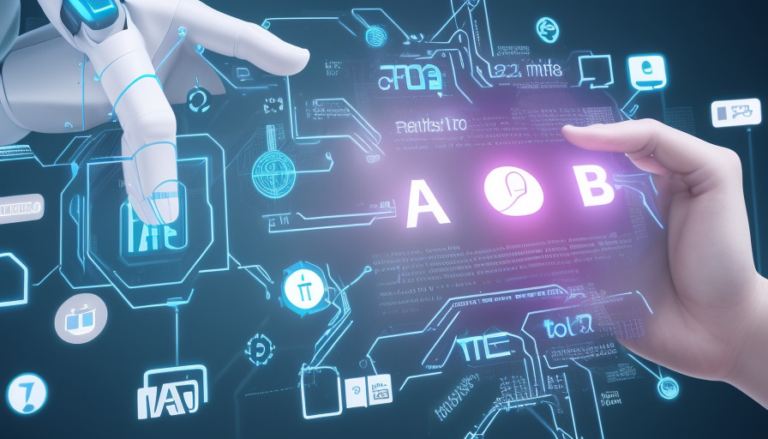halo (2003) game icons banners – A Journey Through Visual Legacy and Gaming Culture!
The “Halo (2003) game icons banners” embody Master Chief’s iconic visuals and enduring legacy, sparking nostalgia while drawing new gamers into Halo’s groundbreaking action and sci-fi universe.
This article examines the design, symbolism, and impact of Halo’s 2003 visuals, providing insights and historical context to capture how these icons and banners transformed gaming culture.
The Halo Phenomenon in 2003 – More Than Just a Game!
In the early 2000s, Halo: Combat Evolved became synonymous with groundbreaking graphics, an engaging storyline, and multiplayer gameplay that set the benchmark for FPS games. Players stepping into Master Chief’s shoes were transported into intergalactic warfare and high-stakes adventure. The Halo franchise quickly became a cultural phenomenon, with iconic graphics becoming vital to its identity.
For fans of this era, the “Halo (2003) game icon banners” remain etched in memory as emblems of a golden age in gaming. The nostalgia they evoke isn’t just about the gameplay but the experience of being part of something monumental that sets the standard for future games.
The Making of Halo’s 2003 Visuals – Crafting a Timeless Brand!
The icons and banners from Halo in 2003 exemplify thoughtful design that went beyond just visuals—they created a brand and atmosphere. Bungie’s artists and designers focused on capturing the mystique, scale, and heroism that Halo represented, ensuring that every detail contributed to the sci-fi epic’s immersive world.
Key design elements included:
- Master Chief as the Focal Point: The green Spartan armor and his faceless helmet projected a sense of toughness and anonymity, allowing players to step into his role. These visuals made Master Chief instantly recognizable.
- Contrasting Dark and Metallic Colors: These visuals’ dark greens and metallic grays conveyed the game’s tone—a mix of futuristic adventure and high-stakes survival.
- The Halo Ringworld: A circular ring looming in the background became an iconic representation of the game’s setting, capturing players’ imaginations with its vastness and mystery.
This minimalist yet symbolic approach established a visual legacy, laying a foundation that resonates with fans today.
Why “Halo (2003) Game Icons Banners” Trigger Nostalgia?
The iconic visuals from Halo’s 2003 era evoke a strong sense of nostalgia for many players. This nostalgia isn’t just about graphics or aesthetics but the memories of discovering an exciting and vast universe where every symbol and banner reminded players of their journey as Master Chief. Halo’s early visuals symbolize a time in gaming when players first experienced the groundbreaking potential of interactive storytelling, high-octane multiplayer combat, and a sci-fi narrative that felt deeply immersive.
For many players, these icons have become part of their gaming identity. Recalling them brings back memories of epic battles, endless hours in campaign mode, and intense LAN parties with friends. The images from the “Halo (2003) game icons banners” have thus transformed into nostalgic tokens, cementing Halo’s place as more than a game—it’s a community and legacy.
How Halo’s Icons and Banners Influenced Modern Game Visuals?
The design principles behind Halo’s icons and banners didn’t just shape Halo; they set a trend that influenced future game visuals and branding. Several aspects of Halo’s 2003 design have had lasting effects on the gaming industry:
Character-Centric Branding:
Games today still draw on Halo’s character-centric approach. By centering icons around Master Chief, Halo, they made its protagonist the face of the franchise, establishing a solid character connection. This tactic has been adopted by games like Destiny and Assassin’s Creed, where key characters represent the brand.
Sci-Fi Iconography:
Halo’s banners and icons showcased space themes that became a hallmark of sci-fi games. Titles like Mass Effect and Star Wars Battlefront have incorporated similar sci-fi landscapes and symbols, continuing Halo’s vast, atmospheric settings tradition.
Simplistic, Powerful Icons:
The minimalist approach to Halo’s icons—focusing on Master Chief’s helmet, weapons, and the Halo ring itself—has inspired modern games to adopt similarly symbolic visuals. This technique, which uses simple but impactful designs to communicate game themes, has become a staple in-game branding.
Evolution and Remastering of Halo’s Icons and Banners – The Positive Change!
With each Halo re-release or anniversary edition, the original icons and banners have been remastered and enhanced for new generations. These updated graphics retain the essence of the original designs while incorporating modern technology for sharper detail, allowing older fans and new players to connect with Halo’s visual legacy.
For fans, these remastered visuals strike a delicate balance between nostalgia and modernization. The re-imagined icons offer a refreshed experience that respects the original style, ensuring that Halo’s timeless design principles continue to capture attention and admiration.
Legacy and Cultural Impact:
The “Halo (2003) game icons banners” have left a significant impact beyond gaming. Master Chief’s image has appeared on merchandise, from t-shirts to collectibles, and has inspired fan art, cosplay, and social media communities. This level of influence demonstrates how icons and banners when designed thoughtfully, can transcend the gaming world and become cultural symbols.
The Lasting Appeal of “Halo (2003) Game Icons Banners”:
The enduring appeal of Halo’s 2003 visuals lies in their ability to evoke the game’s spirit, connect new players with a beloved legacy, and maintain relevance in an ever-evolving industry. They represent both a celebration of the past and an invitation to continue exploring Master Chief’s adventures, proving that great design is timeless and unifying.
Frequently Asked Questions:
Why are “Halo (2003) game icon banners” iconic in gaming history?
The “Halo (2003) game icons banners” symbolize the early Halo experience, with visuals that encapsulate heroism, adventure, and a groundbreaking sci-fi universe, marking a pivotal moment in gaming.
How did these graphics influence future games and branding?
Halo’s visual approach set the trend for character-centered branding, sci-fi themes, and powerful simplicity in icon design, influencing games like Destiny, Mass Effect, and others.
Are the original icons and banners still relevant today?
Yes, remastered versions retain the original aesthetics, keeping the essence intact while introducing new details. This has allowed Halo’s visuals to stay relevant for new and returning players.
Conclusion:
The “Halo (2003) game icons banners” encapsulate more than just graphics—they are symbols of an era that transformed gaming. By blending thoughtful design with storytelling, these visuals have left a permanent mark on gaming culture, setting a standard for immersive, character-driven visuals.
Whether players revisit Halo or encounter it for the first time, these icons and banners remain a testament to the power of great design in building an enduring legacy.





